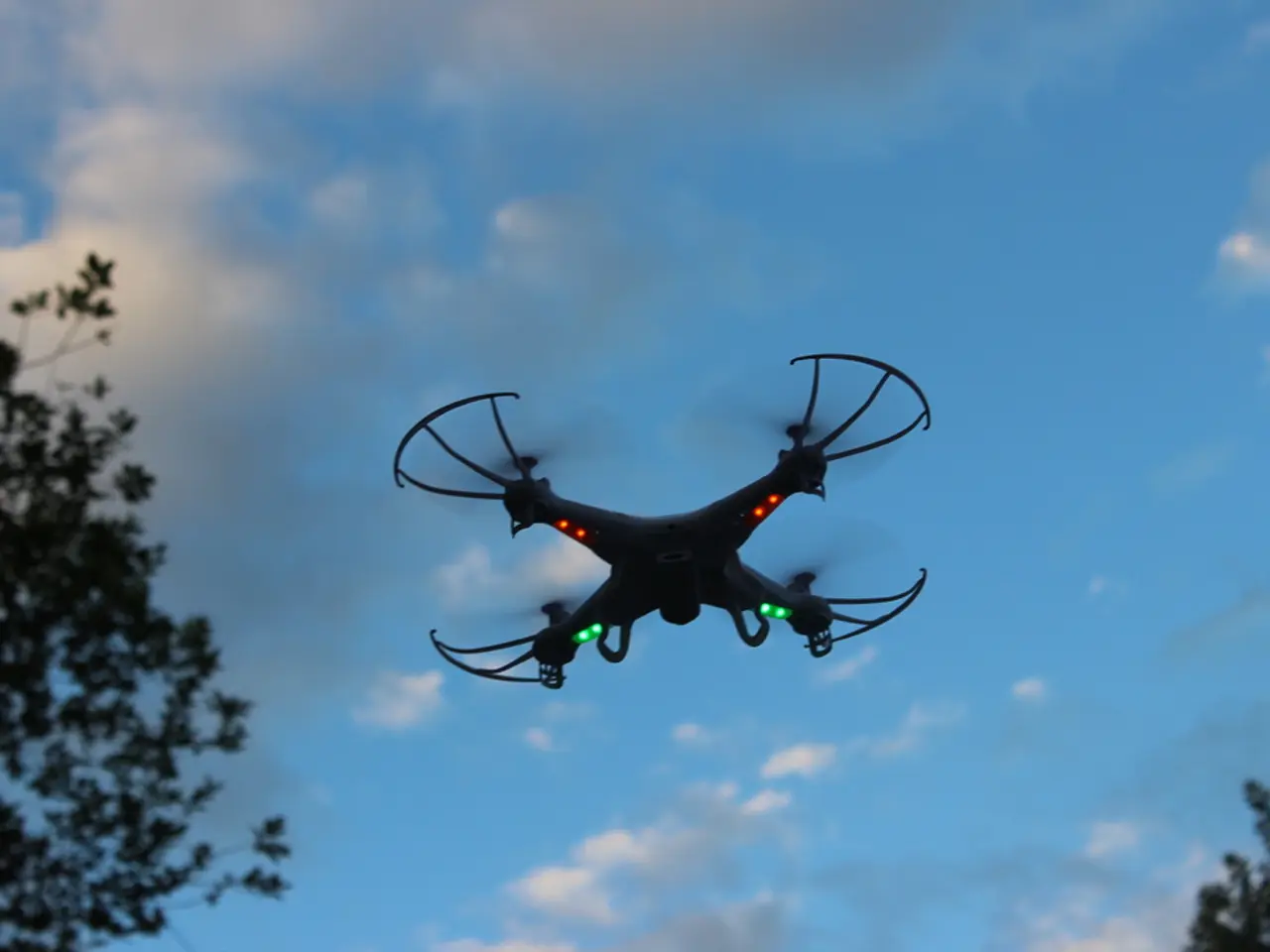Transforming Industrial Security: 2025's Cyber Strategies Reconfiguring Manufacturing Landscapes
Revolutionizing Industrial Defense: 2025 Cybersecurity Strategies in Manufacturing
In the face of escalating cyber threats, the manufacturing industry is embracing a new era of cybersecurity strategies. These strategies, set to dominate the landscape by 2025, focus on integrating operational technology (OT) cybersecurity as a core element of industrial operations.
At the heart of these strategies is the universal adoption of OT cybersecurity platforms. According to recent reports, 96% of manufacturers are either investing or planning to invest in these platforms within the next five years, with 64% already implementing them for real-time threat detection and operational resilience.
Another key strategy is embedding cybersecurity into business culture and operations. Leading manufacturers treat cybersecurity as a fundamental part of every operational layer and supply chain link, proactively designing security into processes to reduce cyberattack exposure.
The focus on supply chain and third-party risk mitigation is another critical aspect of these strategies. With supply chain cyberattacks remaining a major concern, manufacturers are taking steps such as vetting suppliers, conducting ongoing risk assessments, monitoring supply chain activity, and developing contingency plans to ensure ecosystem protection.
Cybersecurity-as-a-Service (CaaS) is also gaining traction. More and more manufacturers are leveraging scalable, AI-powered cybersecurity services to manage evolving threats effectively, including real-time threat detection, vulnerability assessments, and compliance monitoring.
Regulatory-driven continuous assurance and data-driven risk management are also becoming increasingly important. Organisations are shifting from one-off audits to ongoing monitoring with 24/7 OT network surveillance, integration with SIEM/SOAR systems, and financial-risk quantification dashboards to align safety, operational excellence, and cybersecurity investments.
Collaboration among engineering, safety, and cybersecurity experts within 'OT cyber teams' fosters both proactive resilience and better governance, supported by hardware designed with embedded security. Artificial Intelligence is pivotal in 2025 for improving cybersecurity by enabling quicker detection and response, alongside predictive technologies that prioritize vulnerabilities and optimize risk reduction.
The impact of these strategies on manufacturing industries is significant. Enhanced operational performance, protection against ransomware attacks, greater supply chain visibility, cultural transformation, and reduced risk exposure are just some of the benefits. These strategies are fundamental to productivity and profitability amid increasing cyber threats.
Advances in AI technology are being seen as a means to foresee potential vulnerabilities and craft dynamic defensive strategies in cybersecurity frameworks. Collaborative defense strategies are being emphasized, with cross-industry and government partnerships identified as key to bolstering cybersecurity defenses in manufacturing.
The urgency for proactive and robust cybersecurity strategies grows evermore critical in the manufacturing sector due to the risk of disruptive attacks. The strategies discussed at the Industrial Cyber Days event underscore the need for more secure and resilient systems in manufacturing. The time to act is now in ensuring a secure future for manufacturing industries amidst ever-present cyber threats.
- By 2025, the manufacturing industry aims to revolutionize its cybersecurity strategies, with a focus on integrating operational technology cybersecurity as a core element of industrial operations.
- To ensure operational resilience and real-time threat detection, 64% of manufacturers are already implementing OT cybersecurity platforms, while 96% plan to invest in them within the next five years.
- Cybersecurity-as-a-Service (CaaS) is becoming increasingly popular in the manufacturing sector, with many manufacturers leveraging scalable, AI-powered cybersecurity services to manage evolving threats effectively.




